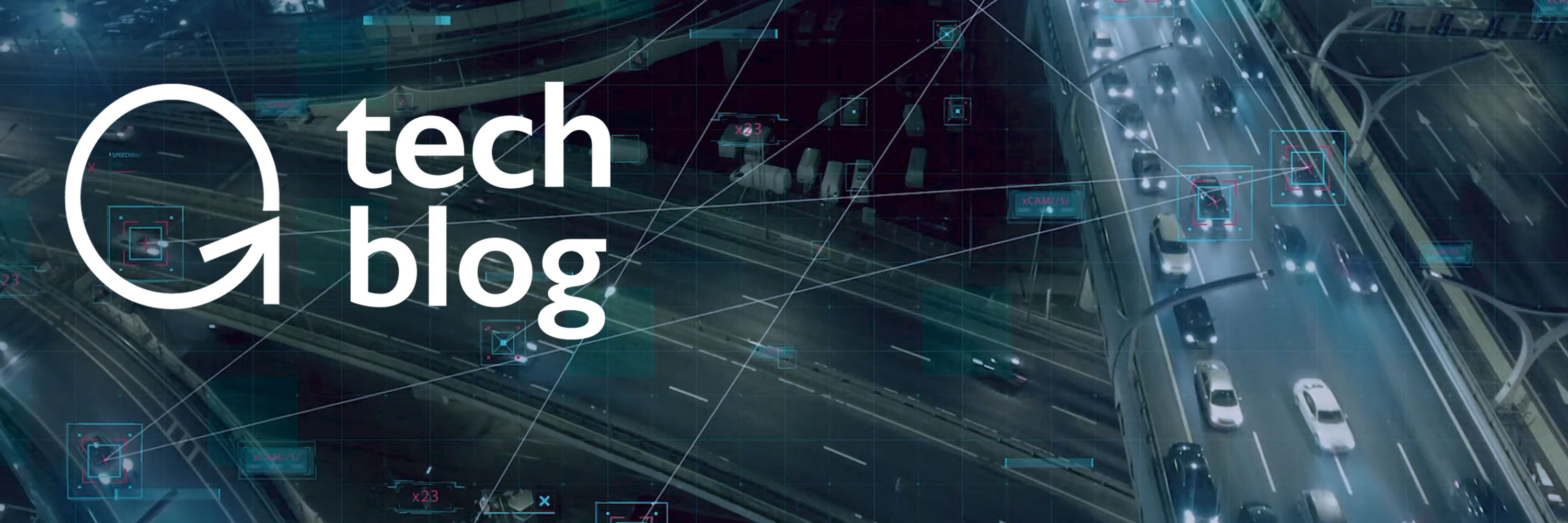
In this week's Abundance Insider: Noise-cancelling metamaterials, algorithms for early Alzheimer's diagnosis, and CRISPR's convergence with lab-grown meat.
Cheers,
Peter, Marissa, Kelley, Greg, Bri, Jarom, Joseph, Derek, Jason, Claire and Max
P.S. Send any tips to our team by clicking here, and send your friends and family to this link to subscribe to Abundance Insider.
P.P.S. Join Peter Diamandis in Dubai, the City of the Future, for the inaugural Abundance 360 Dubai Summit on March 26 - 27, 2019. Hosted by the Dubai Future Foundation and the Crown Prince of Dubai, this two-day experience offers exponential leaders an immersive look into how technology will transform every industry.
A Robotic Leg, Born Without Prior Knowledge, Learns To Walk

What it is: Francisco J. Valero-Cuevas and his team at the USC Viterbi School of Engineering have created a robotic leg capable of learning to walk without hard-coded data. Taking inspiration from how vertebrates learn to walk, the team exercised an algorithm with 5 minutes of random movement, allowing it to develop an internal map of how its outputs (applied force) relate to inputs (motors, joints and tendons). From there, the the artificial neural network (ANN) learned how to successfully propel a treadmill via reinforcement learning, achieving small results initially and achieving maximum results in just 24 attempts on average.
Why it's important: Researchers are continuing to reverse-engineer biological approaches to complex problems, and this algorithm’s ability to develop an internal map of possibilities is especially noteworthy. This allowed the leg to rapidly learn how to move the treadmill and master the nuances of both the terrain and its own system. As the team notes, this suggests broader applicability for robotics in search-and-rescue missions, space exploration, and prosthetics that adapt to your own unique habits. | Share on Facebook
Spotted by Keith Gargiulo / Written by Jason Goodwin
Modern Policing: Algorithm Helps NYPD Spot Crime Patterns

What it is: The New York Police Department has developed pattern-recognition software called Patternizr to compare crimes committed across its 77 precincts. The NYPD is the first U.S. police department to leverage such technology; traditionally, individual analysts rely on memory and manual research to make links between similar crimes in their respective precinct. The NYPD hopes Patternizr will efficiently identify potential crime patterns throughout the city, freeing up human analysts to focus on a smaller yet more valuable list of results.
Why it's important: While crime rates are falling overall, metropolises like New York City must still contend with thousands of crimes per year. By leveraging its existing data and in-house development talent, Patternizr can help the NYPD streamline manual analytical processes and, as a result, improve public safety. How can machine learning help you make better sense of the data you already collect? | Share on Facebook
Spotted by Marissa Brassfield / Written by Marissa Brassfield
NatWest Trials Fingerprint Debit Cards To Remove £30 Limit

What it is: With its new pilot program, NatWest has launched the U.K.’s first debit cards embedded with fingerprint recognition technology. Customers simply place their finger on a designated corner of the card to authorize a contactless payment — no PIN or signature needed. NatWest says retailers can accept these cards with existing technology.
Why it's important: Biometric authentication systems are on the rise, powered by converging advancements in sensors, computing power and artificial intelligence. How will the retail landscape change as technology streamlines all points of friction in the shopping experience? | Share on Facebook
Spotted by Marissa Brassfield / Written by Marissa Brassfield
Scientists Have Discovered A Shape That Blocks All Sound–Even Your Co-Workers

What it is: Researchers at Boston University have mathematically designed a 3D acoustic metamaterial that can block up to _94 percent_ of noise flowing through it. Most dramatically, however, the 3D-printed structure reflects noise-producing vibrations without impeding the passage of light or airflow itself. Developed from computer simulations, the scientists’ first donut-shaped prototype embeds a unique 3D helical pattern that helps to mute a grand majority of loudspeaker sounds traveling down a PVC pipe. However, the metamaterial is not limited solely to ring-shaped mufflers, capable of being loaded into large sound-blocking walls or versatile shapes.
Why it's important: Beyond materials science, this breakthrough of structural optimization demonstrates the value of mathematically designing shapes with consequential acoustic effects. Beyond blocking background noises or high-pitched tones through muffler-fitted tubes, this and similar 3D-printed metamaterials could be fitted in everything from HVAC systems to now-muted parcel delivery drones and even the noisiest of MRI machines. As computer simulations and 3D printing allow for ever-improved prototypes and flexible models, such metamaterials could be custom-engineered for almost any application with increasing noise-cancelling abilities. | Share on Facebook
Spotted by Marissa Brassfield / Written by Claire Adair
Silicon Valley Startups Are Using Gene-Editing Tool CRISPR To Make Meat Without Farms

What it is: This article shares how lab-grown meat startups are experimenting with CRISPR to engineer tastier, healthier, and more sustainable versions of their meat alternatives. Memphis Meats, for example, recently filed a patent describing a method to create real chicken and beef tissue using CRISPR. And Israel-based Aleph Farms investigated CRISPR for its cell-based steak, but chose not to deploy CRISPR over marketing concerns. (CRISPR-edited foods are regulated as Genetically Modified Organisms, or GMOs.)
Why it's important: While slated to make an unprecedented $200 billion impact on the global meat supply chain, lab-grown meat faces many challenges in the years ahead, starting with costs. Memphis Meats’ first prototype cost around $18,000 per pound to produce. Two years later, they achieved a 9x cost decrease to under $2,500 per pound. Will CRISPR be the extra push needed to truly demonetize this transformative technology? | Share on Facebook
Spotted by Marissa Brassfield / Written by Max Goldberg
Using Machine Learning To Develop Blood Test For Alzheimer's Biomarker

What it is: Recent research shows that amyloid-beta, a peptide found in spinal fluid, gives an early indication of Alzheimer’s disease. Accessing a patient’s spinal fluid to analyze this peptide is highly invasive and expensive, but IBM researchers are demonetizing protein analysis via machine learning. They deployed algorithms to identify proteins in the blood that can help predict amyloid-beta in the spine. While many studies are investigating how to detect Alzheimer’s via blood test, IBM’s research is the first detection method to leverage ML. Critically, this model can also be used with other spinal fluid biomarkers to help identify their parallel biomarkers in the bloodstream.
Why it's important: Researchers don’t currently have a way to detect Alzheimer’s in its early stages, while there’s a chance to slow the disease’s progression. Deaths from this devastating disease have increased by 145 percent from 2000 to 2017, despite an overall reduction in deaths from other causes (e.g. heart disease) over the same period. With an estimated unpaid care cost of over 18.5 billion hours per year — translating to over $230 billion of value — preventing, treating and curing Alzheimer’s represents a tremendous opportunity for entrepreneurs to generate wealth while creating a massive positive impact. | Share on Facebook
Spotted by Marissa Brassfield / Written by Max Goldberg
What is Abundance Insider?
This email is a briefing of the week's most compelling, abundance-enabling tech developments, curated by Marissa Brassfield in preparation for Abundance 360. Read more about A360 below.
Want more conversations like this?
At Abundance 360, Peter's 360-person executive mastermind, we teach the metatrends, implications and unfair advantages for entrepreneurs enabled by breakthroughs like those featured above. We're looking for CEOs and entrepreneurs who want to change the world. The program is highly selective. If you'd like to be considered, apply here.
Abundance Digital is Peter’s online educational portal and community of abundance-minded entrepreneurs. You’ll find weekly video updates from Peter, a curated newsfeed of exponential news, and a place to share your bold ideas. Click here to learn more and sign up.
Know someone who would benefit from getting Abundance Insider? Send them to this link to sign up.
Editors' Note: In last week’s issue, one of our summaries incorrectly referenced a generative adversarial network (GAN) as a general adversarial network. We have updated the online versions of this article to correct the error.
Topics: Abundance Insider Robotics Materials Science Finance food healthcare materials biotech fintech future of food lab grown meat







